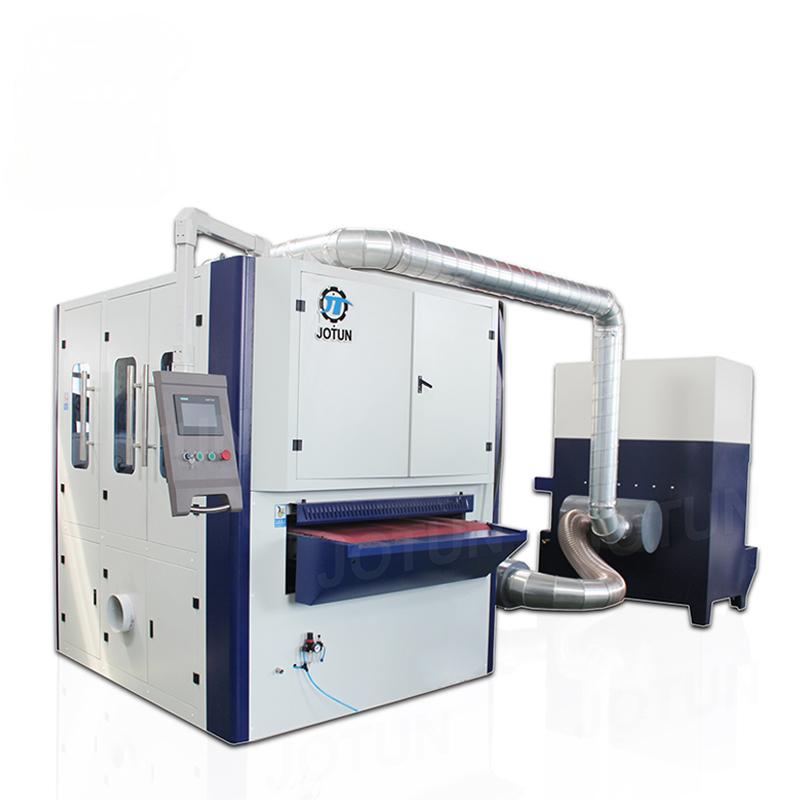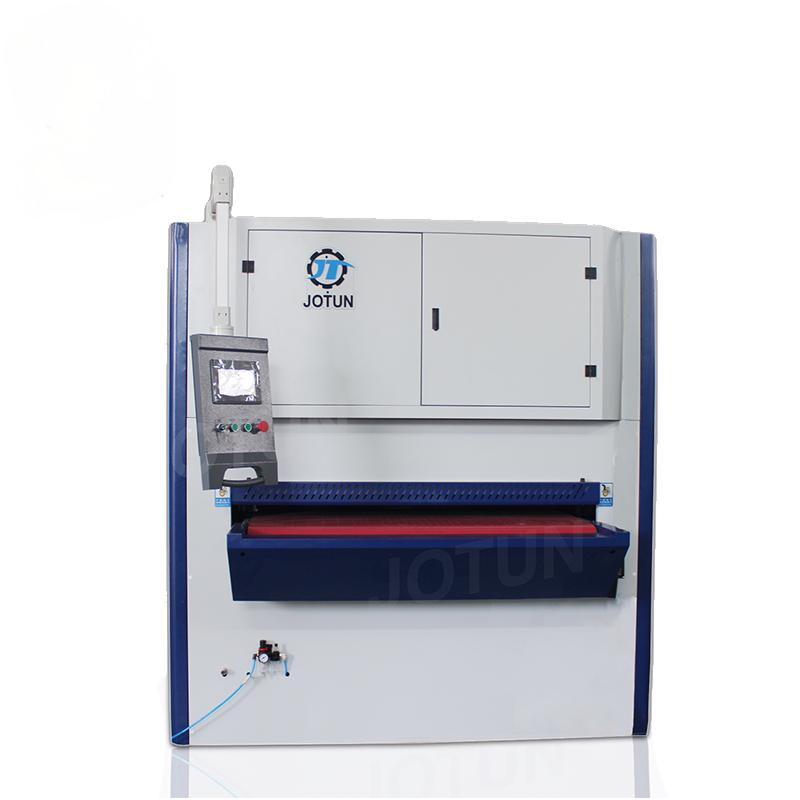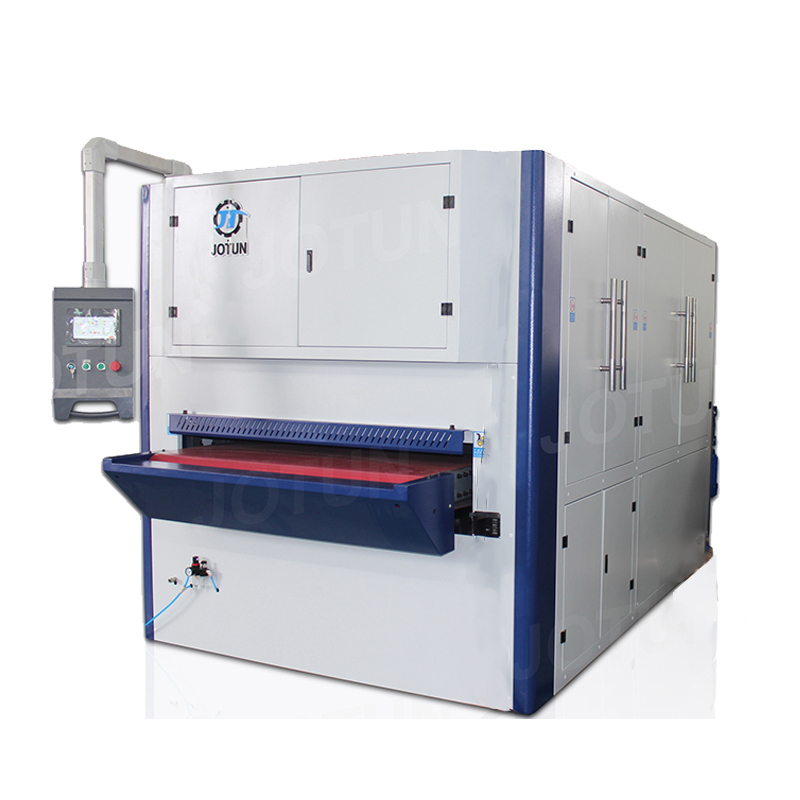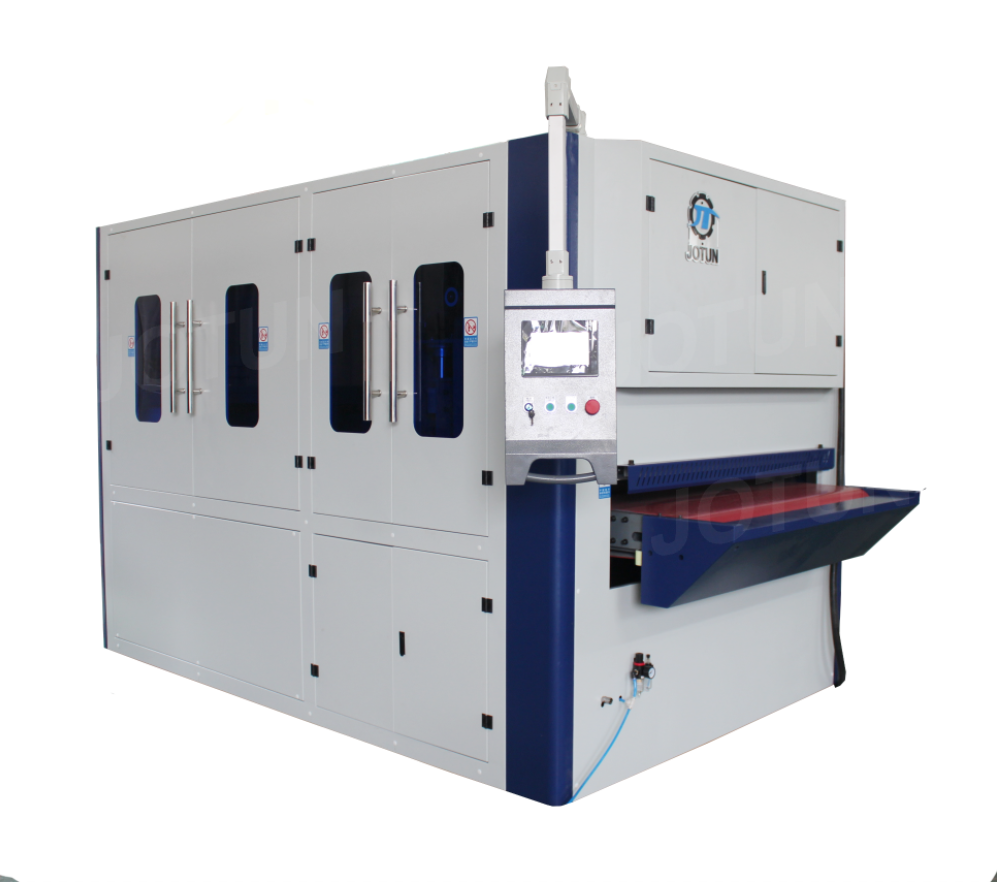In the realm of surface finishing and precision engineering, the art of polishing has emerged as a transformative process that not only enhances the visual appeal but also elevates the functional performance of materials. Modern polishing machines play a pivotal role in achieving superior finishes and impeccable results across a diverse array of applications. This article delves deep into the various polishing techniques and processes supported by advanced polishing machines, shedding light on the innovative methods that are shaping the future of surface refinement.
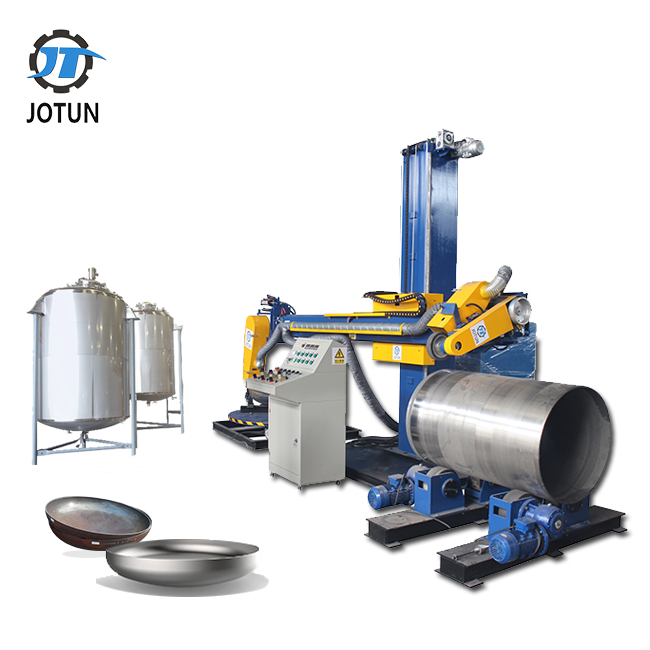
Mechanical Polishing:
Mechanical polishing serves as a foundational technique in surface finishing, utilizing abrasive materials and mechanical force to eliminate imperfections and refine surfaces to the desired smoothness. Polishing machines equipped with rotating abrasive discs or wheels offer precise control over the polishing process, enabling the removal of scratches, burrs, and other surface irregularities. This technique finds widespread use in industries such as automotive, aerospace, and metal fabrication for achieving high-quality surface finishes.
Key Features:
Utilizes abrasive materials and mechanical force
Enables precise control over the polishing process
Ideal for removing scratches and surface imperfections
Chemical Polishing:
Chemical polishing represents a specialized technique that relies on chemical solutions to selectively dissolve surface imperfections and create a smooth, shiny finish. Polishing machines equipped with chemical dispensing systems allow for the controlled application of polishing agents, ensuring uniform surface refinement and enhanced corrosion resistance. This method is commonly employed in industries like semiconductor manufacturing, electronics, and medical devices for achieving ultra-smooth surfaces with minimal material removal.
Key Features:
Relies on chemical solutions to dissolve imperfections
Enables controlled application of polishing agents
Commonly used for achieving ultra-smooth surfaces

Electrochemical Polishing:
Electrochemical polishing leverages the principles of electrolysis to eliminate surface irregularities and enhance the luster of metallic components. By immersing the workpiece in an electrolyte solution and applying an electrical current, polishing machines facilitate the controlled dissolution of surface layers, resulting in improved surface smoothness and reflectivity. This technique excels in achieving mirror-like finishes on complex geometries and delicate parts, making it ideal for precision optics, jewelry, and high-tech applications.
Key Features:
Utilizes electrolysis to remove surface irregularities
Facilitates controlled dissolution of surface layers
Ideal for achieving mirror-like finishes on complex geometries
Ultrasonic Polishing:
Ultrasonic polishing harnesses the power of ultrasonic vibrations to agitate abrasive particles against the workpiece surface, facilitating rapid material removal and uniform polishing. Polishing machines equipped with ultrasonic transducers generate high-frequency vibrations that enhance the efficiency of the polishing process, particularly in hard-to-reach areas and intricate designs. This technique is favored for its precision, speed, and ability to achieve consistent finishes across a variety of materials, including ceramics, glass, and composites.
Key Features:
Utilizes ultrasonic vibrations for material removal
Enhances efficiency in polishing processes
Suitable for achieving consistent finishes across various materials
Magnetic Polishing:
Magnetic polishing, also known as magnetic abrasive finishing, is a unique technique that utilizes magnetic fields to propel abrasive particles across the surface of a workpiece, resulting in targeted material removal and surface refinement. Polishing machines equipped with magnetic polishing media and rotating magnetic fields offer a non-contact polishing solution that is well-suited for delicate components and fine surface features. This technique is commonly used in the jewelry, watchmaking, and dental industries for achieving polished surfaces with exceptional brightness and clarity.
Key Features:
Utilizes magnetic fields to propel abrasive particles
Offers a non-contact polishing solution
Ideal for achieving polished surfaces with exceptional brightness

Advancements in Polishing Technology:
As the demand for precision-engineered components and flawless finishes continues to rise across various industries, the significance of advanced polishing techniques supported by cutting-edge polishing machines becomes increasingly paramount. By embracing a diverse array of polishing methods, from mechanical and chemical polishing to electrochemical, ultrasonic, and magnetic polishing, manufacturers and artisans can elevate the quality, aesthetics, and performance of their products to new heights.
Through ongoing innovation and technological advancements in the field of surface finishing, the future holds even greater possibilities for unlocking brilliance and achieving unparalleled surface perfection. Delving into the realm of advanced polishing techniques supported by state-of-the-art polishing machines unveils a world of precision, efficiency, and excellence in surface finishing and treatment.
Our Commitment to Excellence:
As a leading manufacturer of polishing machines, we take pride in offering cutting-edge technology, reliability, and unmatched performance to meet the diverse needs of industries requiring superior polishing solutions. Our tank polishing machines stand out as flagship products in our extensive lineup, renowned for their adeptness in achieving immaculate surface finishes and optimal polishing results.
With a steadfast commitment to delivering superior products and export services, our brand has emerged as a trusted industry leader, setting the benchmark for top-tier quality and innovation in the realm of polishing machinery. Whether you seek tank polishing machines for refining cylindrical surfaces, achieving mirror




